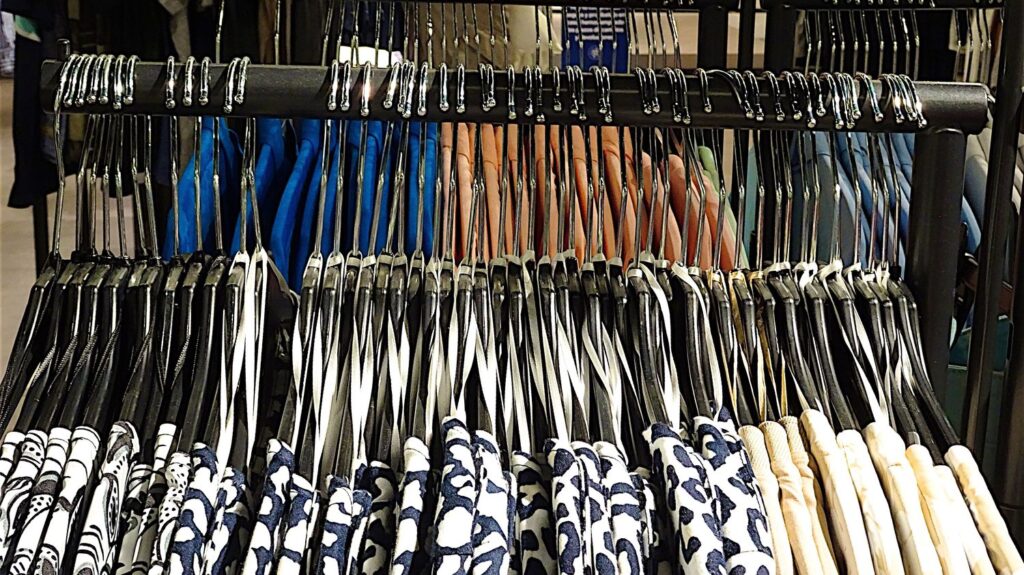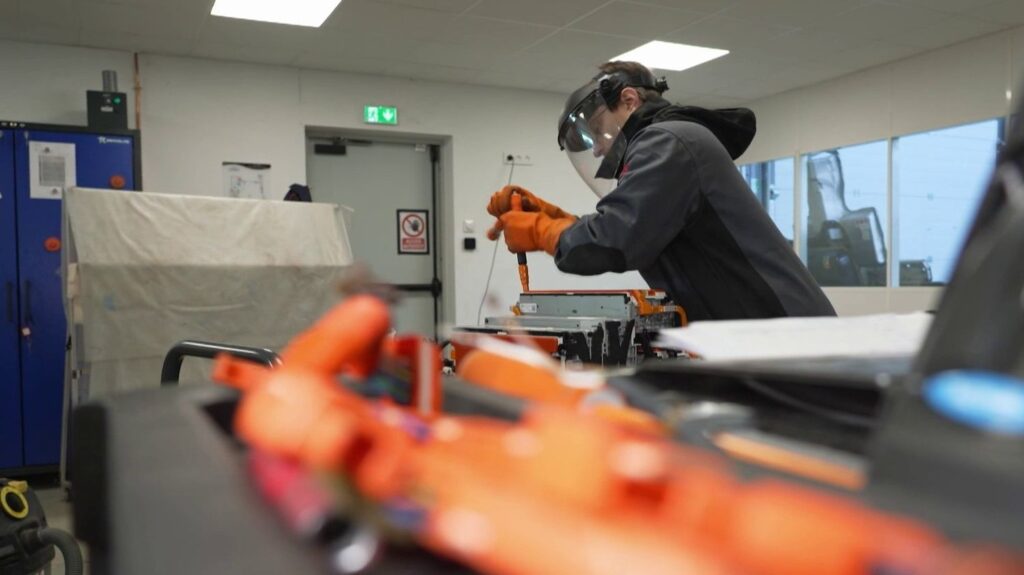The clothes will have their eco-score. This optional display, intended to become aware of the ecological impact of textile purchases.
/2023/07/07/64a7df4c5fe71_placeholder-36b69ec8.png)
Published
Reading time: 3min
/2025/10/01/ecoscore-68dcf49a1d6d2849145731.jpg)
After the Nutri-Score, here is the Eco-Score. With the development of fast fashion and low -cost fashion sites, the weight of the textile industry on the environment is only progressing. Today it represents around 8% of greenhouse gas emissions. Recently validated by the European Commission, the environmental label of clothing comes into force on Wednesday, October 1.
One points display
If you are going to shop in the coming days, online or in stores, this new information can be found on the labels of your clothes. This is a note that is found directly on the label or via a QR code. To calculate this note, the government has developed an algorithm based on 16 criteria which takes into account the consumption of water linked to manufacturing, greenhouse gas emissions, sustainability or biodiversity damage.
/2025/10/01/ecoscore-68dcf31860366749756779.jpg)
The higher the note, the more important the environmental impact, and there is no ceiling. For example, 1,000 points would represent a strong environmental impact for a pair of socks but it would however be a low impact for jeans or a coat that require more material.
“It has the merit of giving an order of magnitude of the impactexplains Marguerite Dorangeon, the company Clear Fashion, specialist in the environmental notation of clothing. It is true that you have to have several products next to it to understand it. But indeed, a sock will have a lower cost than a jacket, pants or a t-shirt, it may be between the two. This is a first comparable base on all clothes. “
On the basis of volunteer
Brands are not forced to indicate the environmental cost of their clothes. It is on the basis of volunteering. But in a year, if a brand does not display the scoring of its clothes, others will be able to do so without requesting the brand’s agreement: consumer associations can indicate it for example, by applications. A bit like the Yuka application which allows you to scan any food product.
Transparency towards consumers who were eagerly awaited. “We start from far awayExplains Marguerite Dorangeon. We have very little information in the fashion sector. However, the issues are there. It is one of the most polluting industries and it is a historic first step. That’s it, it is regulated with a standard system and information that will be displayed on all clothes to set out to this virtuous circle of transparency and sustainability. “
The deployment of the environmental display will therefore be done very gradually and certain products at the moment do not even fall within the framework of the device, such as down jackets, bras or shoes.


